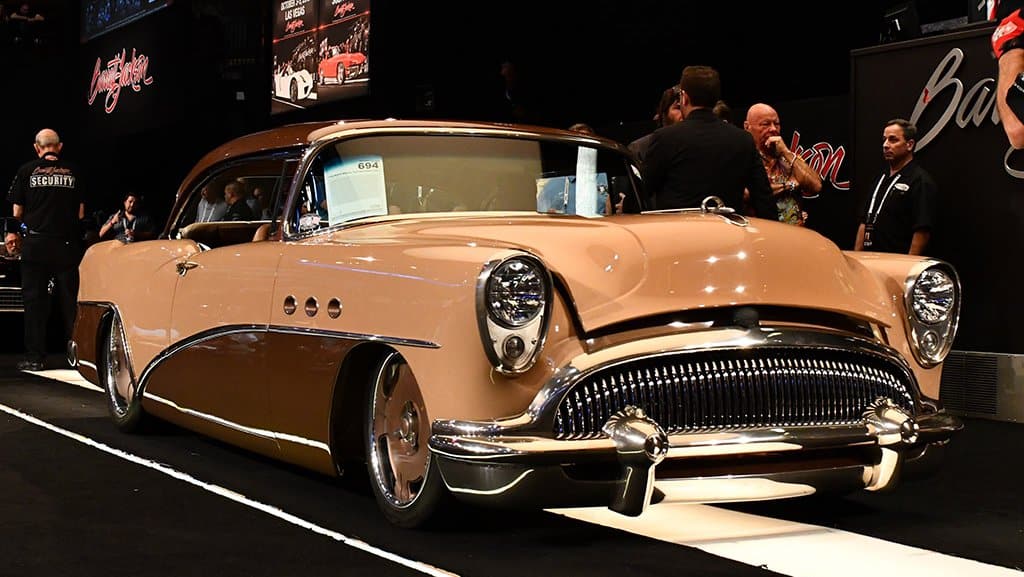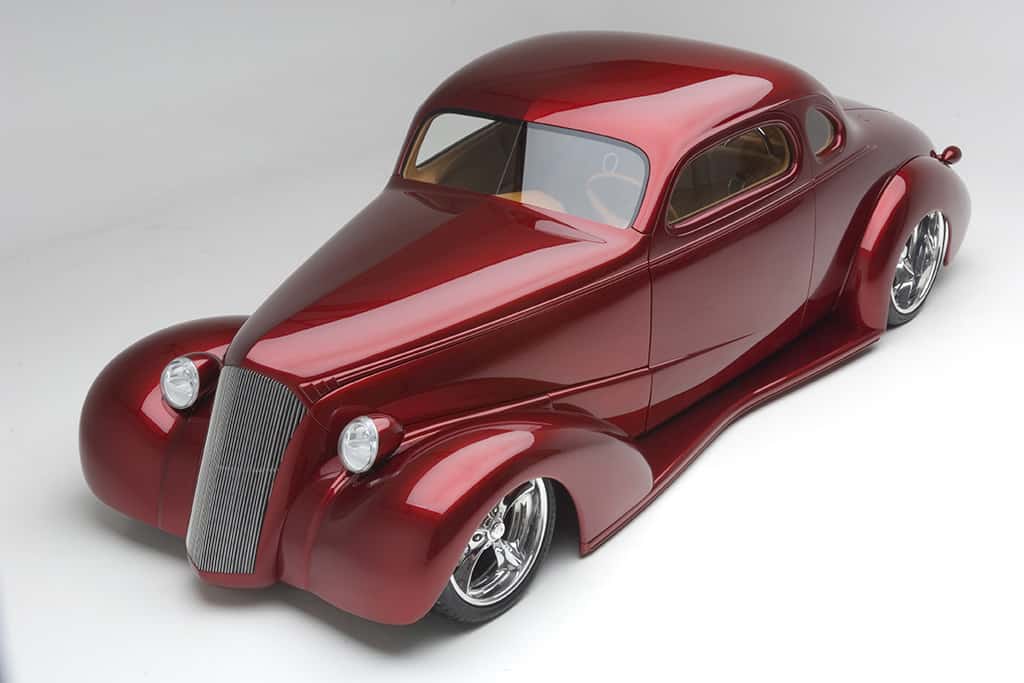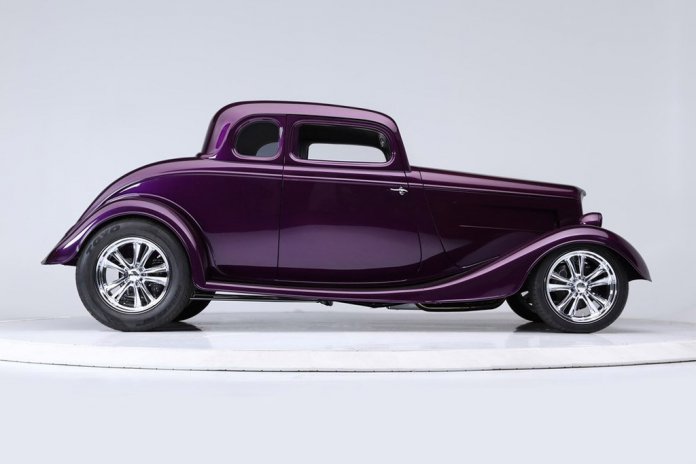(Editor’s note: During the month of September, we’re publishing a series of articles about selling a collector car. Today, collector car auction Barrett-Jackson shares tips for writing a spot-on description of your car.)
Sure, a picture is worth a thousand words – and photos of your vehicle are vitally important – but without a doubt, informative, well-structured descriptions are a crucial aspect of the application process and can have a positive impact on the sale price of your vehicle.
Before you set about writing your car’s description, it’s important to do some homework. Research and find out all you can about your vehicle. If you would like to include production numbers, horsepower numbers (above factory) and similar factual information in your description, you will need to provide documentation/published sources of reference (dyno sheets, manufacturer references, reports from recognized experts) with your application.
Just the Facts, Please
What to include:
- When/where was the car built?
- Do you know what production number your car is?
- Can you determine ownership history? Include any noteworthy or celebrity owners, if any.
- What original parts does it have? If you purchased the car and were told it has “matching numbers,” which means the car carries the original engine and other mechanical components, it is important to consider getting that verified by an expert.
- Include all the specifications of the vehicle that you can: engine, intake, transmission, brakes, wheels/tires, interior features, etc.

- Was the car restored? If so, who restored it? When was it restored?
- Do you have the restoration photos and/or receipts? Not only should these be scanned and sent along with your consignment application, you may want to consider including them with the sale.
- Has the car been customized? What custom elements are on the vehicle?
- Has the vehicle won awards? Summarize those and indicate if awards (or copies of them) will be included with the sale. Be sure to scan or photograph and send copies of awards with your consignment application.
- Has the car been featured in any prominent publications? Will copies of the publication be included with the sale?
What to avoid:
- Subjective terms/wild superlatives, such as “the best car you can buy.”
- Generalized statements/history of the model – focus on your particular vehicle.
- Personal storytelling.
- Flowery prose.
Now It’s Time To Write
When you sell a vehicle with Barrett-Jackson, two descriptions for each consignment are required – the short description and the long description, one of which will appear in our printed event catalog.

Short Description: The short description appears in the main docket listing on our website (and possibly in some marketing materials). It contains 25-30 words (255 characters) and should focus on key features and information that cannot be seen “from the curb.” The engine and transmission information must be included here. List selling points that may not be immediately evident from the photos, such as “ground-up restoration,” “fresh engine rebuild” or “twin-turbo.” An example of a good short description: Nut-and-bolt restoration of a fully documented, matching-numbers car with only 3,000 miles since new. Powered by a 427ci V8 engine mated to a 5-speed manual transmission. Listed in the Shelby Registry.
Long Description: The long description is where you can get into the details of your vehicle, as well as its provenance, if known. People love to read the back stories of cars. This description can be up to 300 words (4,000 characters) and can include restoration information, expenditures, major facets, modifications, history, awards and anything else you feel will add to the selling power of your vehicle. Make sure you mention any documentation you have to back up any claims, particularly with regards to custom vehicles. This is extremely useful in instilling confidence in prospective buyers. Also make sure to include basic information, like transmission type, engine size, etc.
The long description appears on the detailed website docket listing and the “car card” that is on the windshield of the vehicle while it is displayed at auction. This description may also be used in specific marketing materials, and portions may be read by the auctioneers on the block, so it is crucial to mention the most important or impressive things first.
Looking for Inspiration?

Take a look at the descriptions for this 1971 Plymouth ’Cuda Custom Coupe, which sold at the 2019 Northeast Auction for $165,000.





